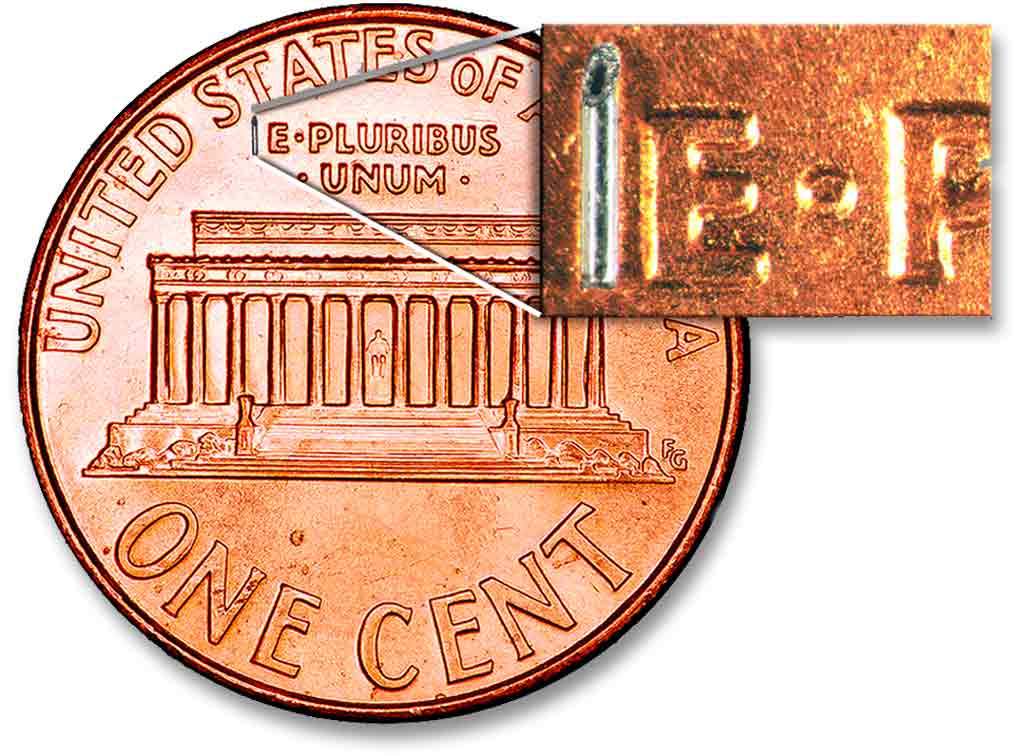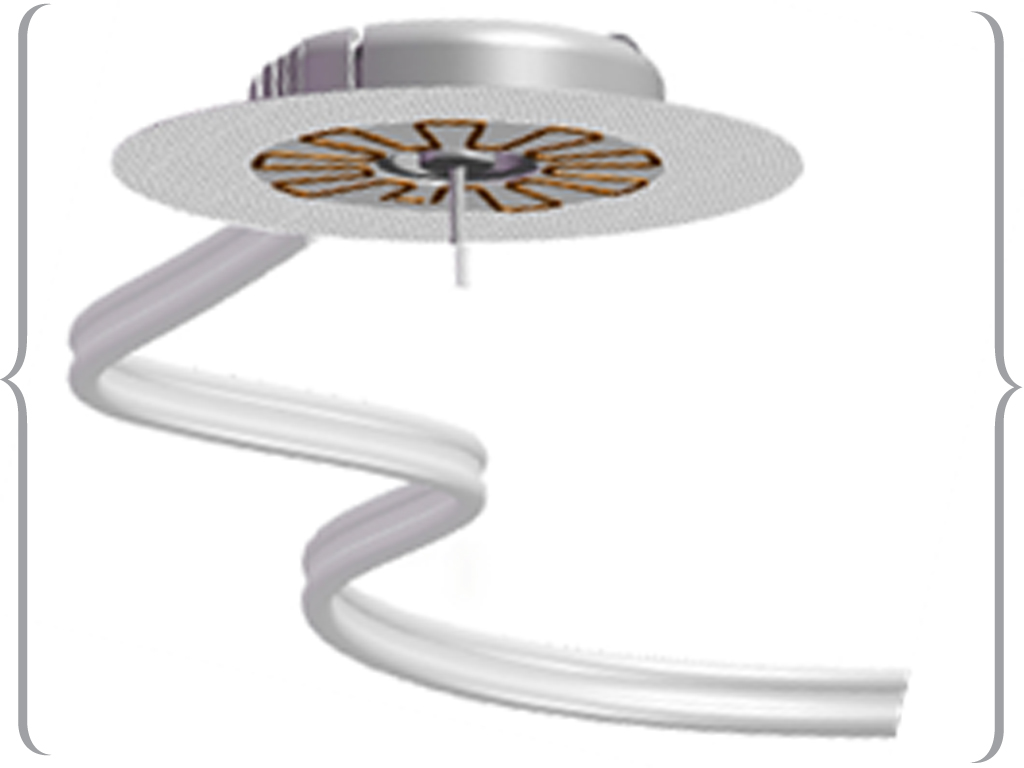Thankful for the Pinpricks

It’s easy to find something to complain about while living with Type 1 diabetes. It’s often my prime source of frustration and sorrow. I could spend hours daydreaming about a future where I can finally live without calloused fingers, sore pump sites, dizzying lows, or nauseating highs. While these daily reminders of Type 1 are all negatives, they can also be something for which to be extremely grateful.
I recently read a book called Breakthrough: Elizabeth Hughes, the Discovery of Insulin, and the Making of a Medical Miracle. It follows the story of a young girl who was diagnosed with Type 1 diabetes in 1919. At this time, the only accepted form of treatment for diabetes was starvation. The one thing that was known about diabetes was that somehow excess sugar was the culprit, so the solution was to cut sugar out almost entirely. Thus, starvation was often the only prescribed treatment for diabetes. This arguably inhumane treatment whittled Elizabeth Hughes down to a frightening 45 pounds, but allowed her to live much longer than the typical six-month prognosis. She lived long enough to become one of the first people with diabetes to receive insulin injections.
Now we not only have insulin injections, but we have insulin pumps that allow us to be relieved of multiple injections a day. We no longer have to test yesterday’s blood sugar levels with urine tests, but can, with a fingerprick, know our blood sugar levels within 5 seconds. We even have continuous glucose monitors that can alert us if we are going dangerously high or rapidly low.
These devices and treatments seem like burdens to those of us who live with such meticulous management on a daily basis, but in reality they are life-saving measures that were hardly thought possible a century ago. These treatments and technologies allow us to live next-to-normal lives with relatively few limitations.
And we are on the frontier of some amazing treatments that will further improve the lives of people with diabetes. Artificial pancreases are being tested on real people, with the potential to relieve us of nearly every burden of living with diabetes. With an artificial pancreas system, a person with diabetes can eat, exercise, and sleep, without having to be plagued with worry or burdened with excessive finger pricks. At the same time, JDRF is partnering with ViaCyte and funding research and clinical trials for an innovative Type 1 diabetes encapsulated cell replacement therapy. With new beta cells implanted and wrapped in a permeable, protective barrier, people with diabetes potentially can go about their daily lives for extended periods of time as if they didn’t even have the disease.
What started as a simple discovery of a synthetic version of insulin has come all the way to talk of functional cures, all in under a century. Each pinprick is a reminder of that rapid progress, and that’s something for which to be thankful.
Thanks for reading this Insulin Nation article. Want more Type 1 news? Subscribe here.
Have Type 2 diabetes or know someone who does? Try Type 2 Nation, our sister publication.







